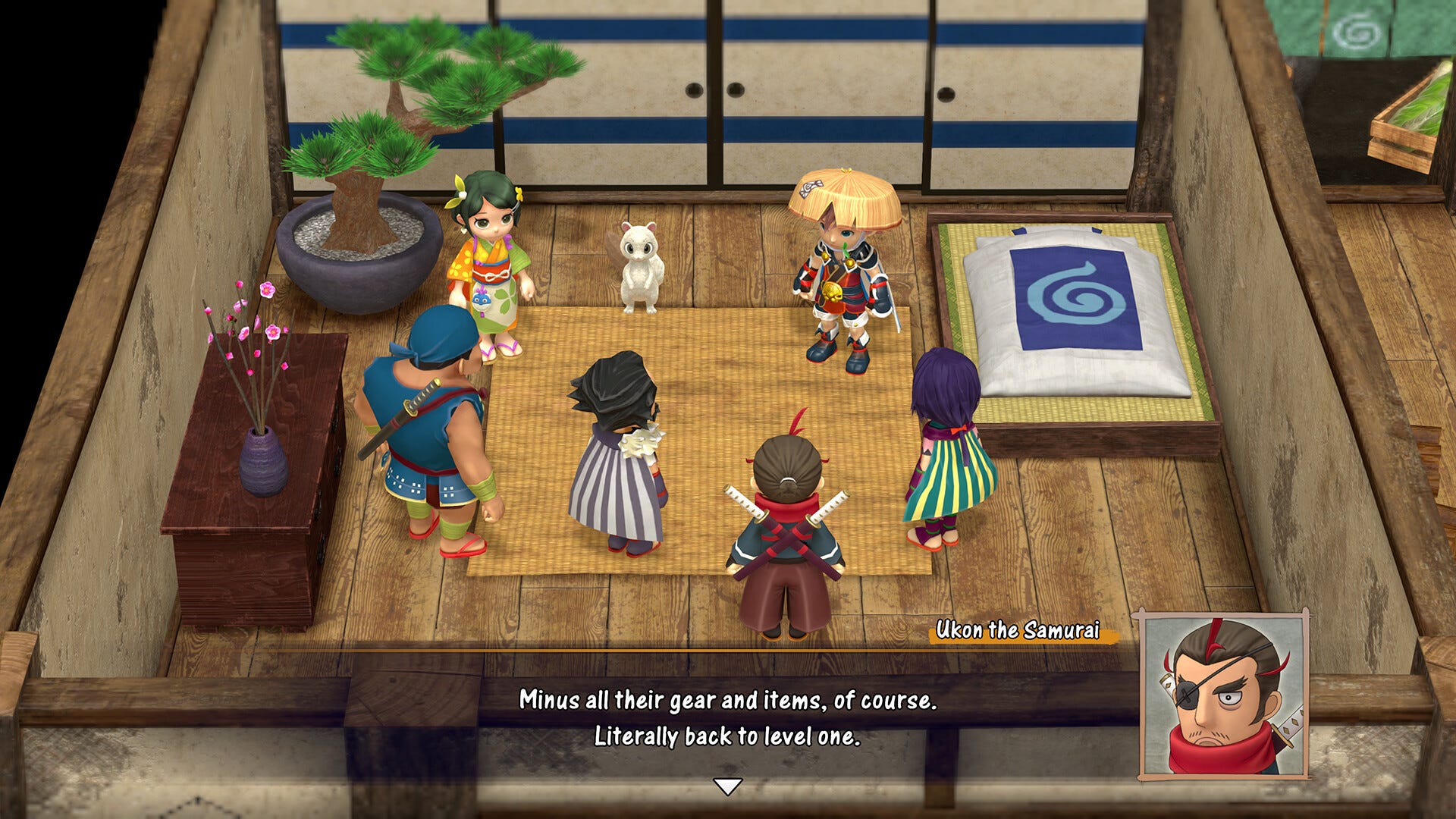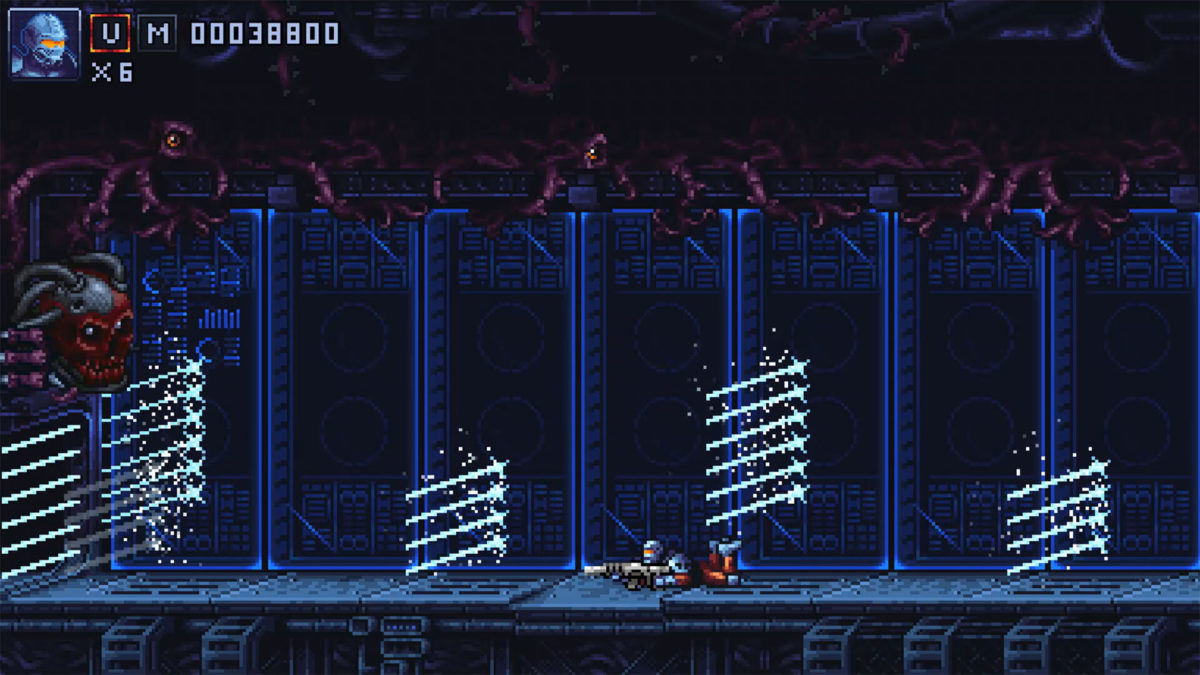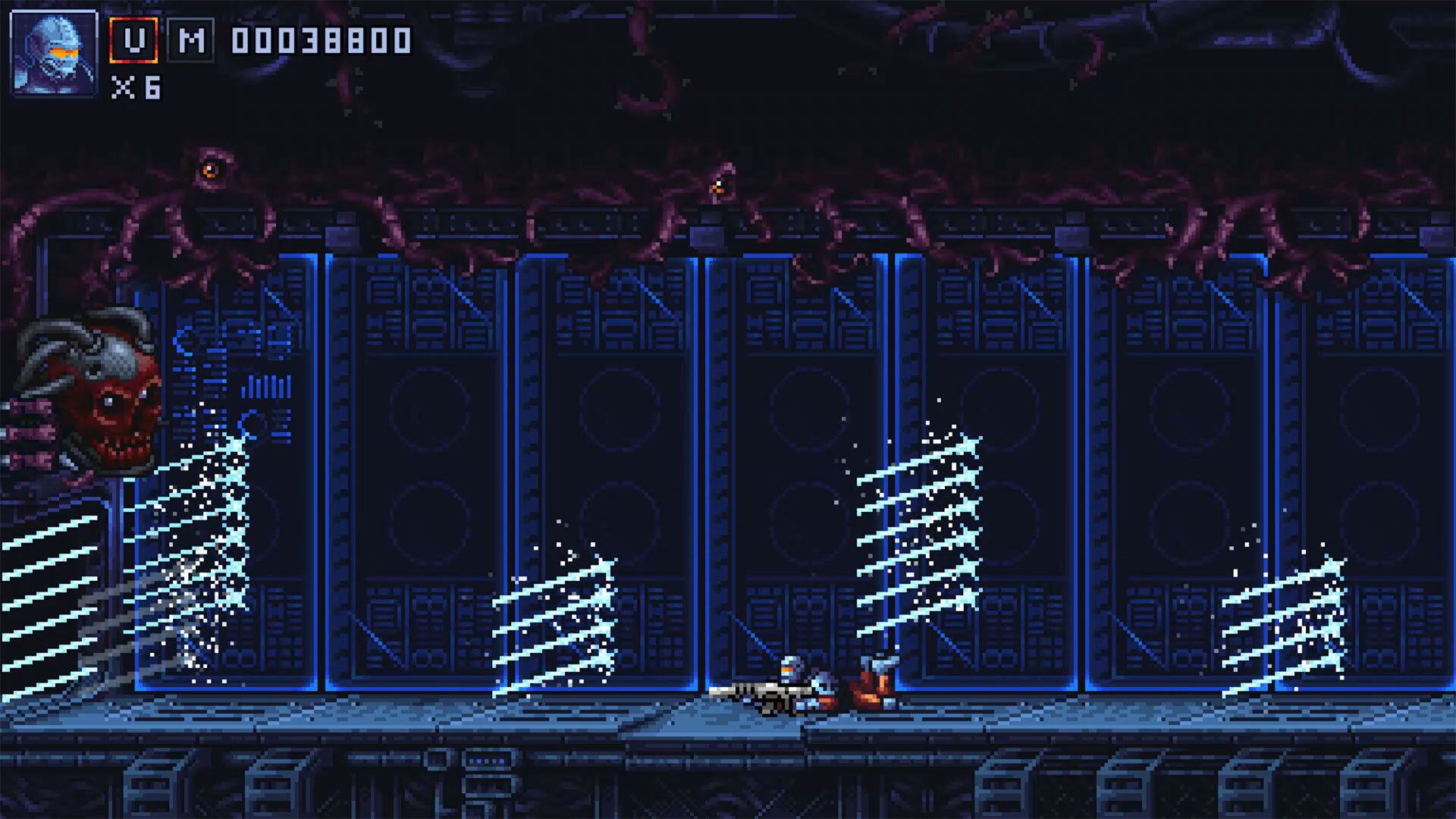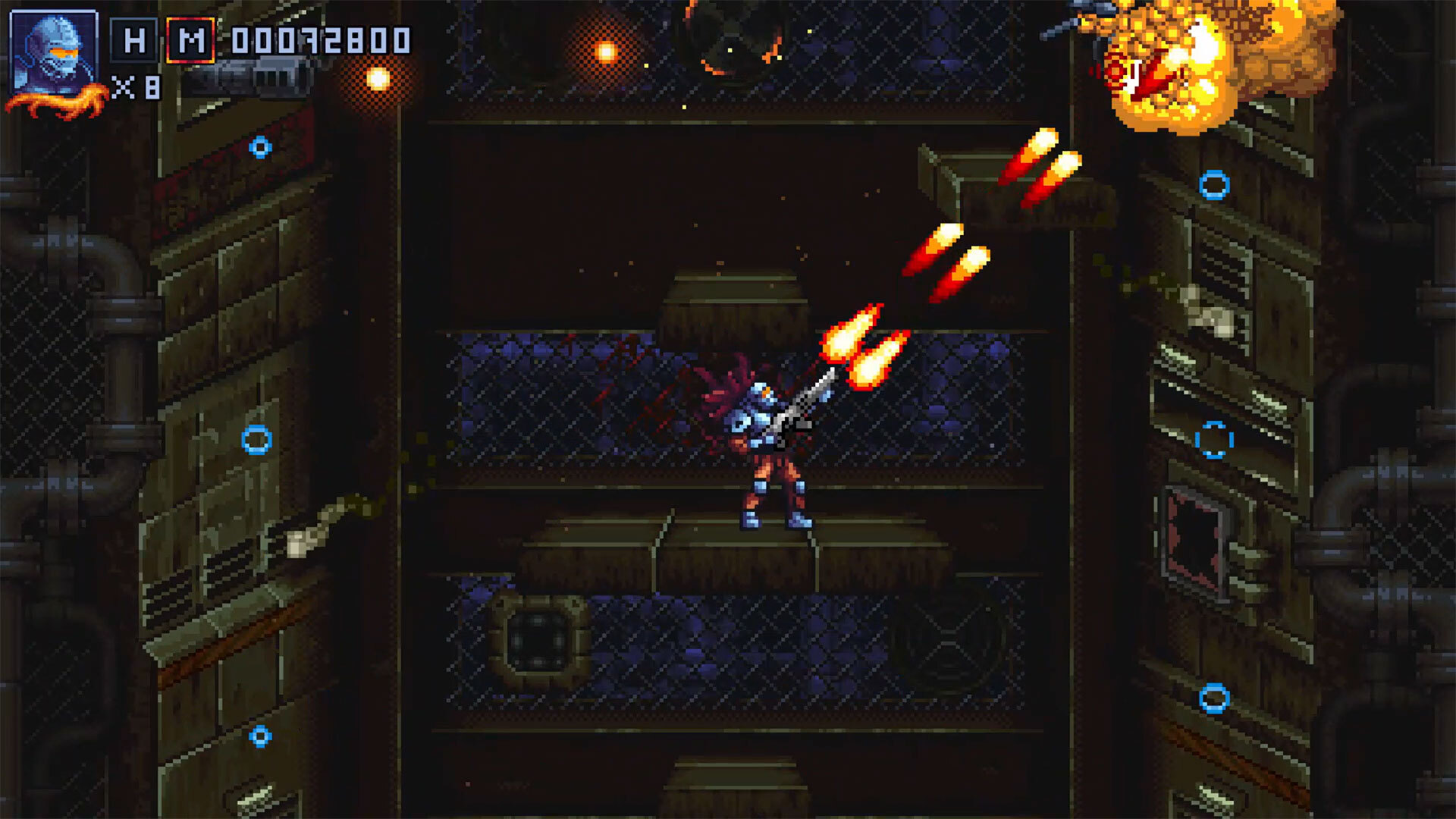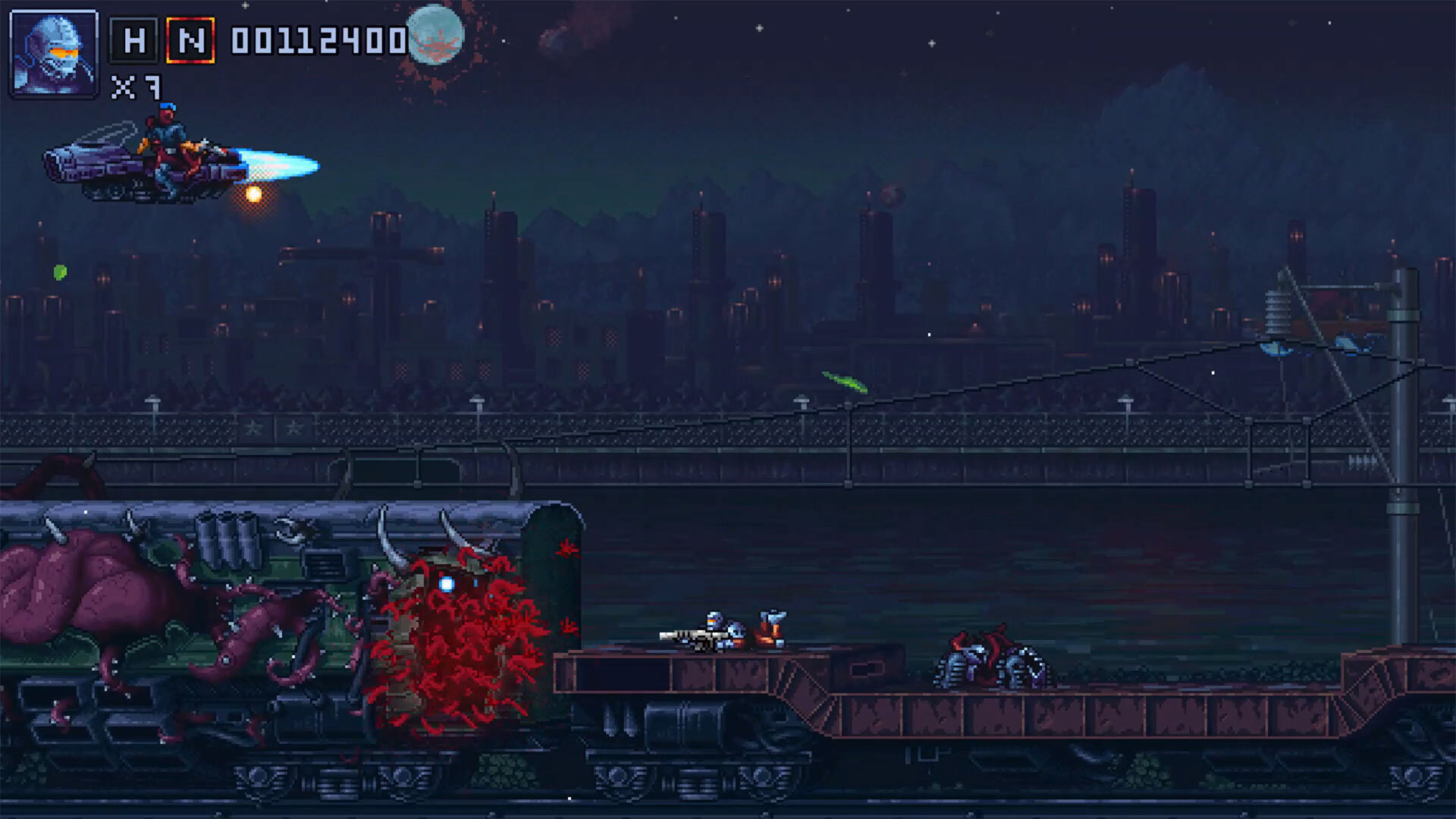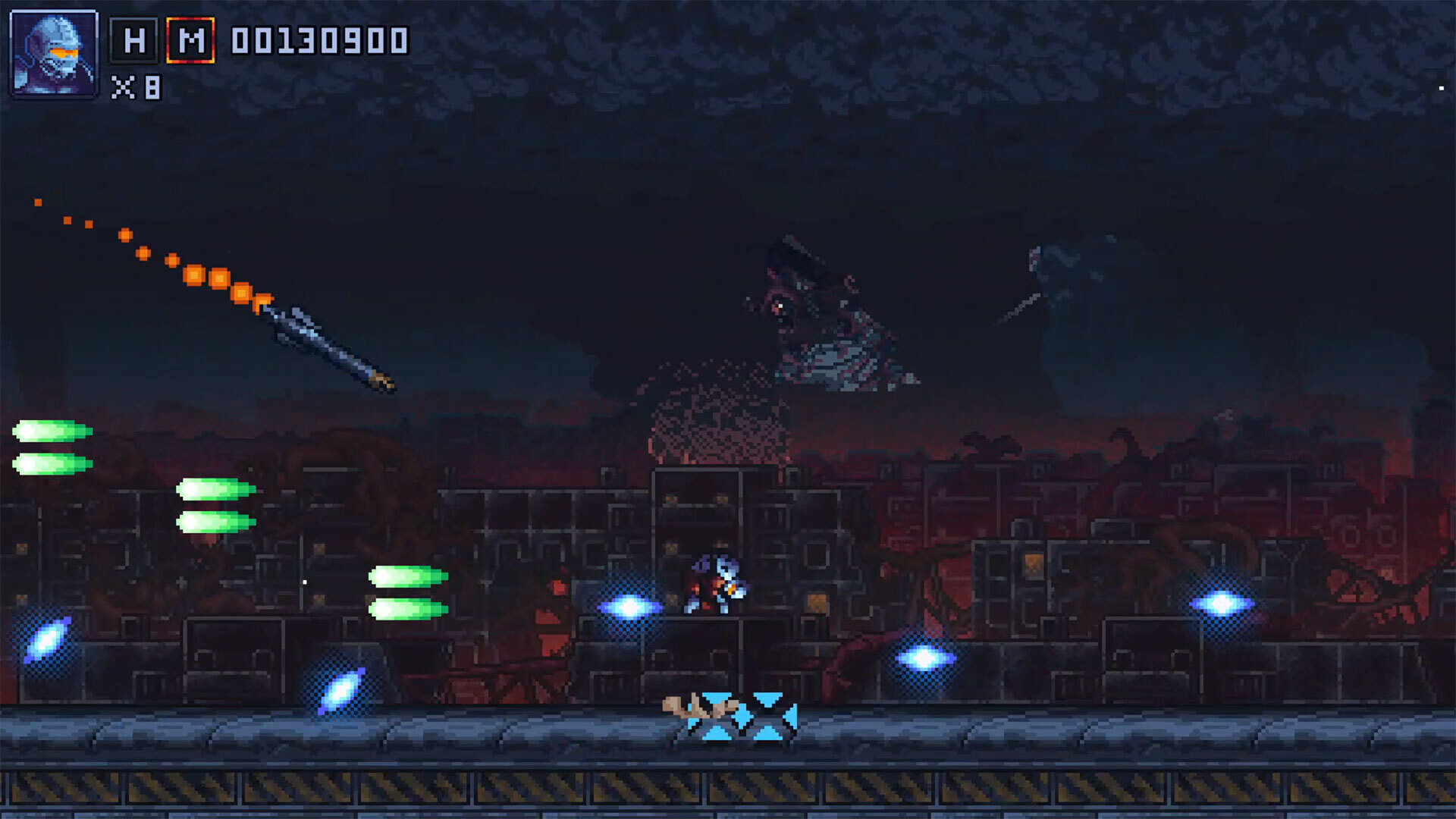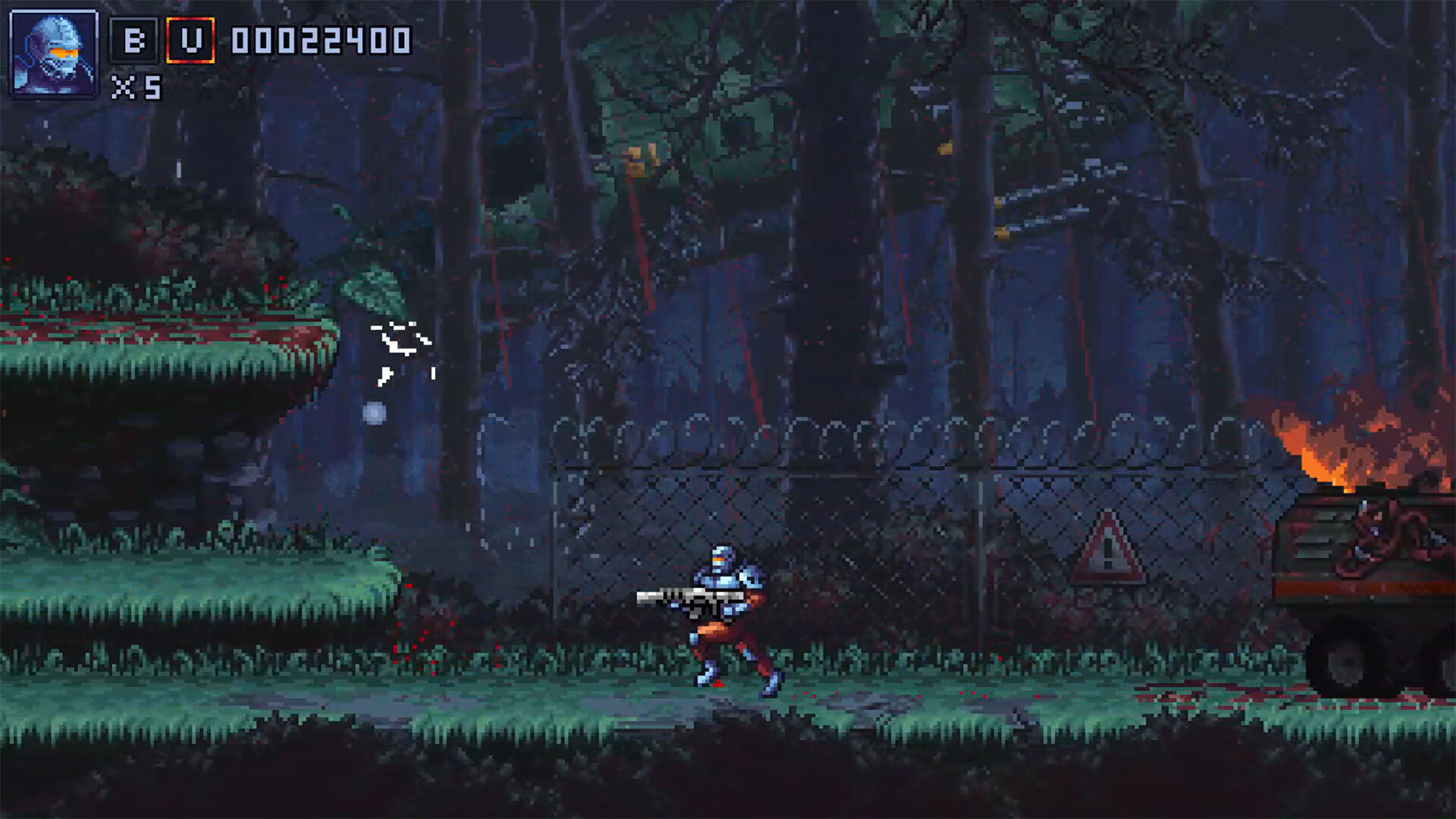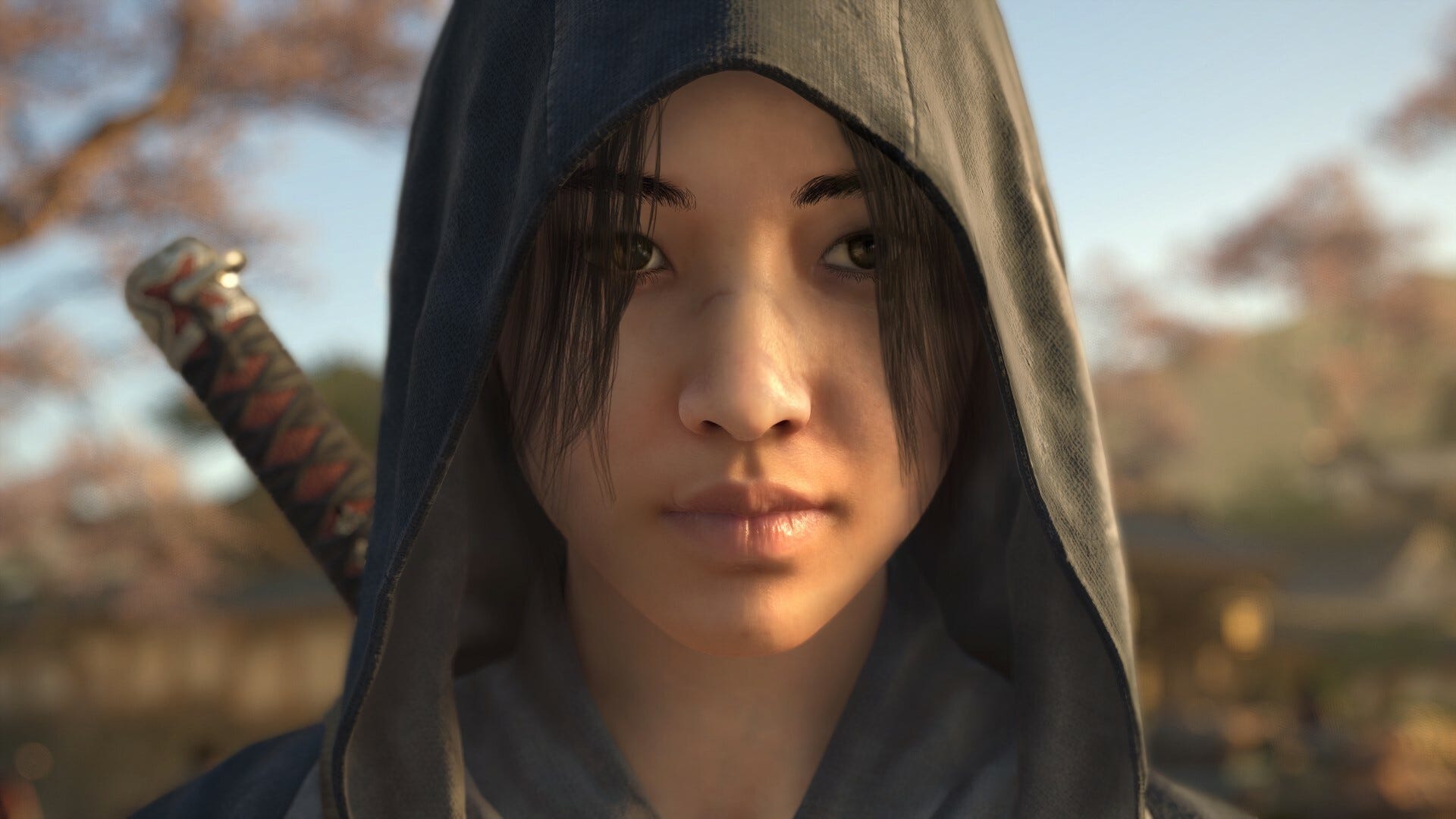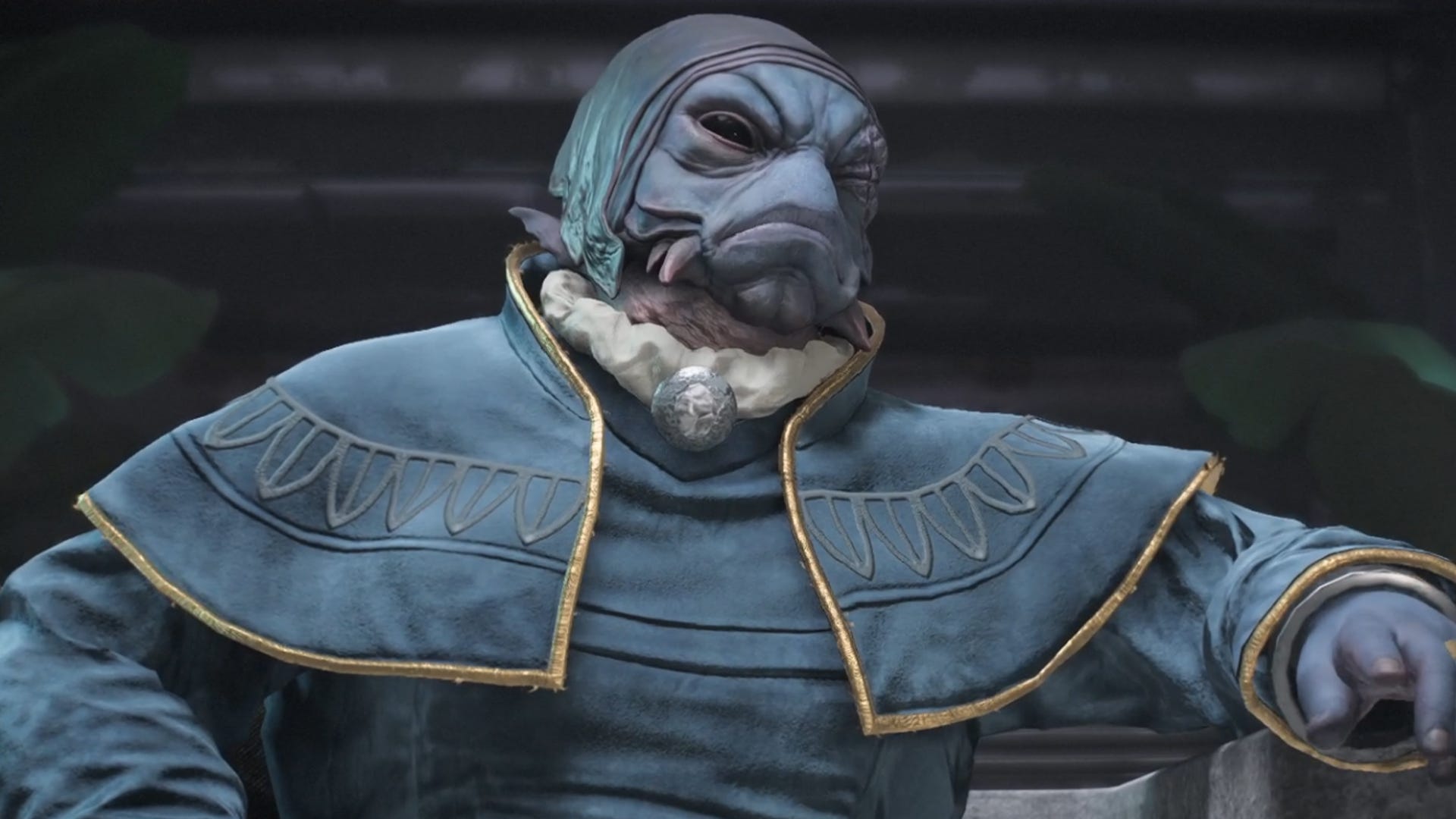Every time I play Path of Exile 2 – and I’ve been lucky enough to play it a few times now – I grow more confident that it’s going to be special. I’ve now played as the Hunter, Monk, Witch, Warrior, and most recently Mercenary. You’d think that I’d be tired of doing 2+ hour sessions with each of the classes, but the inverse is true. I can’t wait to dive back in. Its beta release on December 6 can’t come soon enough.
I’m going to focus this preview on the Mercenary. While it’s not my favorite of the classes, the Mercenary is very unique in that it transforms traditional Path of Exile gameplay into what you would expect from a top-down shooter. This class, which focuses on the use of a crossbow, has you start by firing 7 rounds of bolts at any approaching enemies. You’ll then slowly unlock new skill gems that add abilities that will snipe, rapidly fire Armor Piercing Rounds, lob a grenade, freeze, set on fire, or otherwise set you up for success against the waves you’ll come across.
This transformation to a shooter is intentional, with Grinding Gear Games’ Jonathan Rogers embracing the challenge the class gave them by taking lessons from other titles in the shooter space that they then built upon. While I found that I missed the thwack of the Monk’s staff or the agility the Hunter’s bow offered I can see how the Mercenary could be an attractive option for new players who may be more familiar with other genres and entering the ARPG space for the first time.
The one reason I feel the Mercenary is held back is because of the sheer amount of reloading needed, as it happens when you swap between firing modes or run out of ammo, leading to a bit more downtime than I liked in the early game.
The Mercenary class starts coming together and feeling quite powerful around the graveyard section of Path of Exile 2.That said, the class does start coming together and feeling quite powerful around the graveyard section of Path of Exile 2. This seems to be the point where all the classes really begin to come into their own and give players a peek at their endgame potential. By this point I had: a grenade launcher that shot three projectiles and did increased area of effect damage, a gun that fired ice that slowed and froze approaching enemies, and a fire shot that lit everything on fire that came near me, but also pushed back approaching mobs with force. These building blocks give you a chance to begin placing perks into the abilities you like the most. Especially because your passive skill tree journey will have likely unlocked a bonus or two that allow you to begin building the character you will use to continue through the campaign.
Into the Endgame
A large focus of my preview event for Path of Exile 2 was a behind-closed-doors presentation focused on the endgame path you’ll be taken on. While I didn’t get hands-on time with it, Rogers took us through the endgame challenges, including a massive world map to be cleared and end-game activities that they think players will keep coming back to for hundreds of hours.
In a roundtable interview, when asked about the endgame he said, “If we don’t have a good endgame going into early access, then Path of Exile 1 players are just going to say, ‘Hey this is just a worse game.’ We need that stuff to be able to actually make a POE1 player feel like, ‘Oh yeah, you know what? This is a true sequel to POE1.’” And boy does it look like they delivered.
To give you a peek into what’s planned for December, the first half of the campaign, including Acts 1-3, will launch first and should take you around 25 hours to complete. The endgame awaiting you after campaign completion promises a lot of exciting new ways to power up your build. I got a small sneak peek at some of those endgame chases as part of a 2-hour presentation detailing several of the modes you’ll be able to chase.
While there are eight primary endgame modes planned at the launch of early access, you’ll be introduced to a few during the campaign. They include several sequels to popular leagues from the original Path of Exile, with more to be launched during early access. I saw the Trial of Sekhemas, which has you enter a series of rooms that each have unique challenges, like filling a blood chalice by defeating red enemies in the area. Or surviving increasingly difficult enemy spawns before a timer runs out. These floors each have several challenges like this, and at the end of each, after a boss fight, you’ll have a choice to cash in keys you’ve collected or proceed to the next level for a chance at better loot. Die, or have your “honor” reduced to zero by being hit too many times and you’ll be kicked back to the beginning. To improve your chances, there’s water you’ll collect that works as a currency to buy items during your run and help you along. Some relics can also be found or crafted. One relic teased the chance at a coveted unique item, but you’d be forced to complete this Trial with only 1hp.
There are eight primary endgame modes planned at the launch of early access.In addition to the rewards, this will also give you access to the Altar of Ascendency, where you get to pick one of three Ascendency classes at the end. In early access there will only be two Ascendency classes to start with. We got a peek at the Witch’s Infernalist Ascendency class that lets you summon a hellhound who will set everything next to it on fire once it is summoned. It also had the bonus of being the one who takes damage for you if you’re hit.
They also showed off the Witch’s Demon Form that allows you to become a winged monster who is faster, does more damage, and casts spells faster, but also takes damage as you remain in the form.
Keep in mind this is just the first endgame mode, which on its own seems like it would be able to provide hundreds of hours of fun challenges.
I also got a peek at another endgame system called the Temple of Chaos, which will be encountered in act 3. This Temple can be entered after you acquire a token from the trial master, and the event was called a sequel to the Ultimatum league from Path of Exile 1. You enter the Temple, and pick a modifier like Blood Globules (which are globby blood orbs that will spawn and follow you around in the sky before falling quickly to earth in an attempt to damage you). Or Shocking Turrets that make a grid of electricity occasionally shoot across the battlefield. These modifiers stack, and you’ll still need to complete the normal map challenges like trying to survive, killing everything in the room, or escorting a giant hammer across the map until it reaches its destination.
And the final endgame activities revolved around the Ziggurat location, where you can access a world map and travel to various spots to dispel corruption. Here you can clear towers, defeat bosses, or clear Breaches. There’s also the Expedition League sequel that has you plant dynamite across a map to unearth cool loot and unlock new abilities on gear. There are Delirium maps that increase difficulty and allow you to earn more passives from your passive tree. And they even teased an Uber Pinnacle boss that you’ll need unique keys to access. They said that the Uber Pinnacle boss would offer a challenge for longtime players as it’s promised to be the hardest content in the game.
The rewards included a new gem system for your weapons, armor, and passive skill tree. The latter gives you the ability to socket unique gems into the tree that give you enhancements to anything unlocked in the vicinity of the socket, or additional boosts that give you the chance to further empower your build. And all of that is on top of an entirely unique Atlas skill tree which will let you unlock perks that are specifically tied to each of the endgame modes.
Buckle Up
There’s so much to cover from the Path of Exile 2 preview event and I’m only scratching the surface here. Each of the modes described could have an entire video dedicated to discussing strategies and options for tackling them to get player rewards. There’s going to be an almost overwhelming amount of loot to chase across several systems to keep me entertained and I can’t wait. One note from the Grinding Gear Games team was that at the start, everything I’ve described is only half the content. The playable classes, number of story acts, enemies and bosses will all double throughout the early access period, with more league sequels also on the docket for endgame.
Path of Exile 2 will be free to play, but to get in on December 6th for early access you’ll need to buy a $30 supporter key which will also give you in-game currency to spend. However, if you’ve spent $500 or more in the last 10 years of the original Path of Exile then you’ll get in for free for being a longtime supporter.

